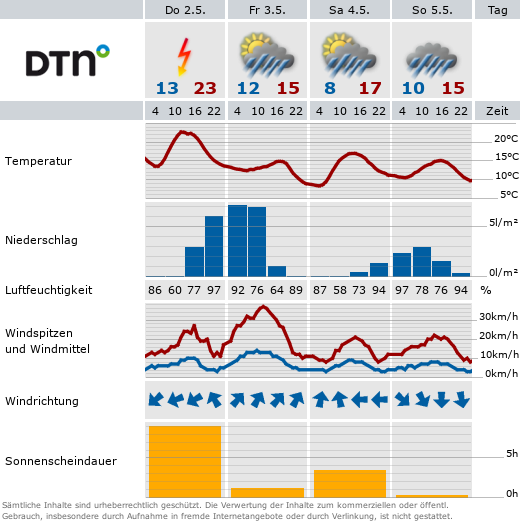Misogyny, the | misogynistic (adj.)
The term misogyny comes from the ancient Greek (misein: to hate; gyne: woman) and means something like ‘hatred of women’. Misogyny can manifest itself on both an individual and a structural level.
Misogyny has the function of stabilizing a hierarchy between men and women and (re-)establishing a gender-differentiated order (Geier 2020, p. 2), as the academic Andrea Geier writes in her text Logik und Funktion von Misogynie. The term describes the idea that women are worth less because of their ⇒ gender and should have less power and make fewer decisions. On the one hand, this goes hand in hand with the idea that there are only two ⇒ binary genders and the unequal role models associated with them, and on the other hand with the devaluation and discrimination of women, not only on an individual level, but also on a structural level. The idea of a supposed female inferiority is a supra-historical and cross-cultural phenomenon (Schmincke 2018) and has been expressed time and again since antiquity in philosophical writings, in the Christian religion and also in science (Schmincke 2018) - for example in the Christian creation myth, in which Eve is named as the cause of original sin and is therefore held responsible for the expulsion from paradise.
Executive organ of the patriarchy
As philosopher and author Kate Manne describes in her book Down Girl: The Logic of Misogyny, misogyny functions as the ideology and belief system of the patriarchy:
I propose that we conceptualize misogyny at the most general level of description as the ’executive organ‘ of a patriarchal order, which has the general function of controlling and enforcing its dominant ideology. (Manne 2019, p. 120).
Kate Manne also emphasizes that it is important to look at the individual level, as this is the only way to hold individuals and their misogynistic actions and thought patterns to account (Manne 2019, p. 136). Manne thus contrasts the view, still widespread in medicine and psychology, that misogyny is exclusively a pathological characteristic of individual people or men (FUMA n.d.).
Interplay between misogyny, sexism and antifeminism
The terms misogyny, sexism and antifeminism are often used interchangeably in different languages. Misogyny is sometimes used as an umbrella term for sexism or antifeminism, but the term sexism is more widely used in everyday language. However, there are theoretical and analytical differences between the concepts: In contrast to misogyny, sexism refers to gender and can therefore make men and women equally addressable as potential victims and practitioners of sexism (Schmincke 2018). Antifeminism, on the other hand, only developed in the 19th century and is directly directed against feminist movements and achievements (Schmincke 2018).
The neologism mysogenoir, which refers to the perspective of Black women through the syllable noir, also offers an intersectional view (FES n.d.). This is intended to make clear that Black women are exposed to particular hatred through the combination of misogyny and racism.
Forms of expression and effects of misogyny
Misogyny can manifest itself in various forms. Misogyny is ‘condescending, mansplaining, moralizing, reproachful, punitive, sexualizing, belittling, caricaturist, exploitative, erasing, and promoting decided indifference’ (Manne 2020, p. 72). The forms of expression range from patronizing language that forces people into conservative role models, the exclusion of women from spaces and processes and the defamation of their achievements and contributions, to psychological or physical violence, sexual assault, rape or femicide.
The idealization and veneration of women and ‘feminine’ behavior can also be an expression of misogyny, while supposedly ‘unfeminine’ behavior is punished with threats, repression and devaluation (Geier 2020, p. 14).
Anti-feminist and misogynistic ideologies are becoming entrenched among various players on the internet and social networks, such as in the so-called incel community, among pick-up artists or men's rights activists, all of whom can be categorized as belonging to a male subculture (manosphere). In addition to misogyny and anti-feminism, this subculture is also closely linked to conspiracy theories, racist, antisemitic and far-right ideologies and can therefore quickly lead to the radicalization of these men. This was observed, for example, in the attacks in Toronto, Christchurch, Halle and Hanau (Bauer 2024).
However, misogynistic attacks do not only originate from men who hate women, but from all members of society and also from women themselves: 'internalized misogyny' is the term used to describe the unconscious or unintentional devaluation of and discrimination against women and femininity, in which the structurally anchored sexist gender roles and narratives are reproduced. The problem is that internalized misogyny often goes hand in hand with a lack of female solidarity (Rosenwasser 2021).
Misogyny can therefore at least be counteracted by learning and living ‘female solidarity’ or by representing and normalizing female and human diversity (Rosenwasser 2021). For a profound change or dissolution of misogynist thinking and misogynist structures, however, the basic patriarchal order must be changed.
Last updated: June 2025
Sources (in German)
- Bauer, Mareike Fenja (2024): „Echte Männer“ und „wahre Weiblichkeit“? Antifeminismus um Unterricht begegnen. Bundeszentrale für politische Bildung. Last accessed 05.06.2025.
- Fachstelle Gender & Diversität NRW (FUMA) (no date): #Mysoginie. Last accessed 30.05.2025.
- Friedrich Ebert Stiftung (FES) (no date): Was bedeutet Misogynie? Last accessed 04.06.2025.
- Geier, Andrea (2020): Logik und Funktion von Misogynie. Probleme und Perspektiven. In: Ethik und Gesellschaft, 2/2020: Frauenfeindlichkeit mit System. Zur Logik der Misogynie in doch-nicht-post-patriarchalen Zeiten.
- Manne, Kate (2019): Down Girl. Die Logik der Misogynie. Suhrkamp.
- Rosenwasser, Anna (2021): Die Frauenfeindlichkeit in uns drin. Last accessed 05.06.2025.
- Schmincke, Imke (2018): Frauenfeindlich, sexistisch, antifeministisch? Begriffe und Phänomene bis zum aktuellen Antigenderismus. In: Aus Politik und Zeitgeschichte. 68(1).
The glossary is meant to evolve through mutual exchange with readers.
We regularly put the definition of a term up for discussion under #klargestellt. Do you have questions or suggestions? Join the discussion and contribute to a better understanding of the terms! We welcome your feedback to: shk.gleichstellung@verwaltung.tu-dortmund.de






